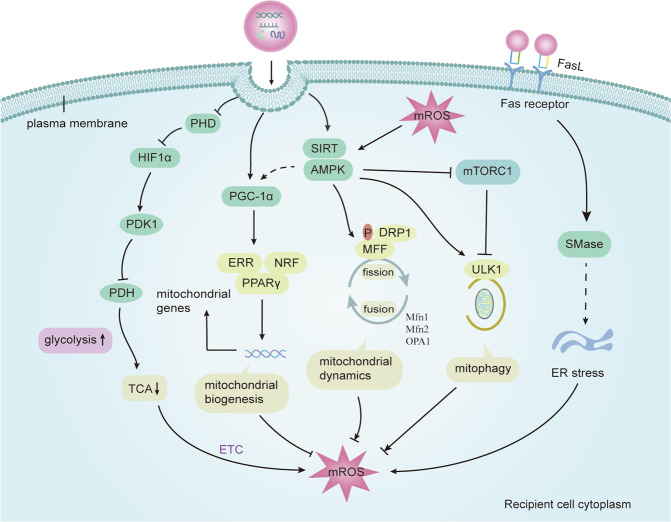Fig. 5. The mechanism of mitochondrial regulation by EVs.
EVs cause changes in the mitochondrial function of the receptor cells by releasing the contents to the target cells, thus changing the fate of the cells. (1) EVs and their active molecules enhance the glycolysis of recipient cells by binding PHD2 and preventing the degradation of HIF-1α, which inhibits TCA cycle by inducing PDK1 that inhibits pyruvate dehydrogenase (PDH) activity; (2) EVs activate PGC-1α by directly targeting or through AMPK, which promotes mitochondrial biogenesis by interacting with PPARγ, ERRs, or NRF; (3) EVs activate AMPK, which regulates mitophagy and mitochondrial fission by activating ULK1 and directly phosphorylates MFF through DRP1, respectively; (4) EVs affect endoplasmic reticulum stress through Fas ligand receptor pathway, which promotes the production of mitochondrial ROS and ultimately affects mitochondrial function. In addition, mROS is regulated by mitochondrial metabolism, mitochondrial biogenesis, mitochondrial fission and fusion and mitophagy, and mROS can also regulate AMPK activation. MFN1/2 mitofusin 1/2, OPA1 optic atrophy 1, DRP1 dynamin-related protein 1, MFF mitochondrial fission factor, ULK1 unc-51 like autophagy activating kinase 1, NRF nuclear respiratory factors, PPARγ proliferator-activated receptor-γ co-activator 1α (PGC1α), ERRs estrogen-related receptors, TCA tricarboxylic acid, ETC electron transport chain, HIF hypoxia inducible factor, AMPK adenosine monophosphate‑activated protein kinase, SIRT sirtuin, mROS mitochondrial reactive oxygen species, mTOR mammalian target of rapamycin, mTORC1 complex 1, PHD prolylhydroxylases, pyruvate dehydrogenase kinase1 (PDK1), PDH pyruvate dehydrogenase.

